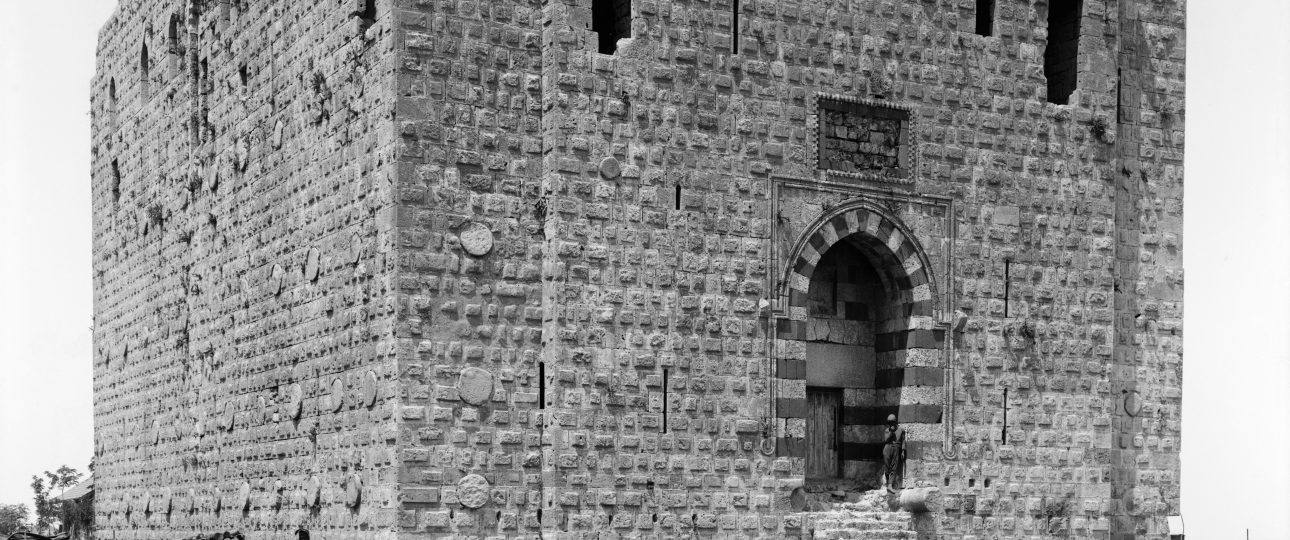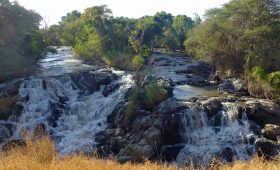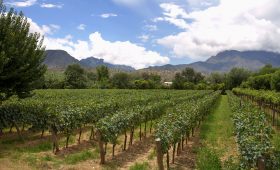Exploring Labweh, Lebanon
Unveiling Labweh’s Historical Depth
Labweh, a village in Lebanon’s Baalbek District, is steeped in history. Situated at an elevation of 950 meters on the foothills of the Anti-Lebanon Mountains, Labweh’s roots trace back to the 7th millennium BC. This area is thought to have been known as Lab’u to the Egyptians and Laba’u to the Assyrians. It is also associated with the “entrance of Hamath” mentioned in biblical texts as the northern boundary of King Solomon’s territory.
Labweh is home to several archaeological sites, including three ancient caves containing Roman-Byzantine sarcophagi and the remnants of a temple. The village also features a Byzantine bastion and a Roman dam, believed to date back to Queen Zenobia’s reign. Legend has it that water channels were carved through the rock to supply her lands in Palmyra, Syria.
Natural Wonders of Labweh
Labweh’s natural landscape is as captivating as its history. The village is located near the Labweh Springs and the Labweh River, one of the sources of the Orontes River. The river flows for about 20 kilometers through a rocky desert before cascading into a lake and wider stream at Er-Ras, another village. This area offers a unique opportunity to explore Lebanon’s diverse ecosystems.
Culinary Experiences in Labweh
While Labweh may not be a culinary capital, its local flavors are worth exploring. Traditional Lebanese dishes, such as mezze, are available, offering a taste of the region’s culinary heritage. The proximity to the Mediterranean ensures fresh ingredients, particularly in seafood dishes. However, dining options may be limited, so plan accordingly.
Traveling to Labweh
Reaching Labweh is straightforward. The nearest international gateway is Beirut-Rafic Hariri International Airport. From there, Labweh is about a two-hour drive. If you prefer public transport, buses and private taxis connect Labweh with major Lebanese cities. The journey from Beirut takes approximately 1.5 hours, offering scenic views of the Lebanese landscape.
When to Visit Labweh
Spring and autumn are ideal for visiting Labweh, with mild temperatures and clear skies. Summers can be hot, which might not suit everyone. Winters are cold, with occasional snowfall, so pack accordingly if you visit during this season.
Getting Around Labweh
Labweh is compact and easily navigable on foot. Walking through the village allows for a closer look at its historical sites and local life. For longer distances, taxis are available, but it’s wise to negotiate fares beforehand. Car rentals offer flexibility if you plan to explore the surrounding areas.
Key Takeaways
- Labweh is a village with deep historical roots, featuring archaeological sites and ancient ruins.
- The Labweh River and Springs are notable natural attractions.
- Local cuisine offers traditional Lebanese flavors, though dining options may be limited.
- Labweh is accessible from Beirut, with a journey of about 1.5 to 2 hours by car.
- Spring and autumn are the best times to visit for pleasant weather.
- The village is walkable, with taxis and car rentals available for longer trips.




